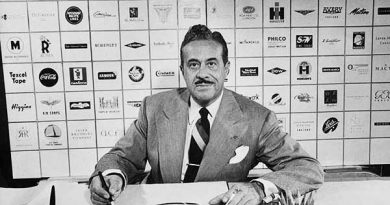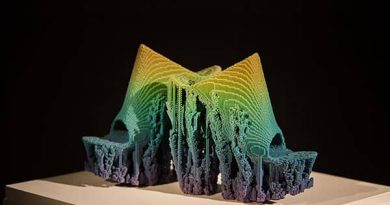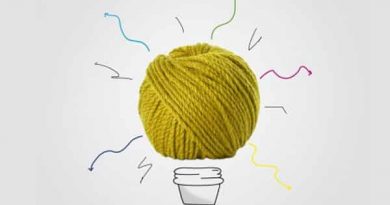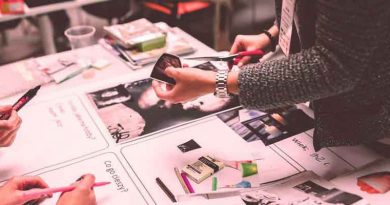IKEA’s Sustainable Design Strategy (Part 2)
In the first part of this article, we explored the design sustainable strategy’s key role in achieving the organization’s business targets, and its creativity places it ahead of competitors in the market. The design role has a more holistic approach than just product design. Design strategy and management are essential in forming the company’s whole vision and strategic planning, including the consideration of environmental design and the reduction of the environmental impact on the production life-cycle of their products.
Design at IKEA is inspiring the continued philosophy of its founder, Ingvar Kamprad, through a focus on people and creativity. This is reflected in the company environment, co-workers, and retailers. IKEA’s stores are also designed to achieve the maximum amount of comfort and pleasure for consumers and give them a chance to make their buying decisions by considering circular economy models to reduce the energy use in their sustainable buildings (indoor environmental quality).
IKEA and Sustainability
IKEA has commitments to its customers and the environment that couldn’t be accomplished without strategic design for both products and the whole process. IKEA’s commitment to its consumers is to provide creative products that are functional and high quality at the lowest price possible. At the same time, the product must comply with IKEA’s sustainability strategy, which aims to create a product that meets consumer expectations while maintaining natural resources through the utilization of renewable energy, recycled materials, and recyclable materials.
In this part, we will continue to explore how IKEA implemented its expertise to build a long-life strategy to achieve sustainable design benefits. Read the first part of this article: Guide to IKEA’s Sustainable Design Strategy (Part 1)
Sustainable Design: People and Planet Positive
Sustainability has been part of IKEA’s commitment to society for a long time. In 2012, IKEA launched its circular strategy for 2020, known as the “People and Planet Positive” strategy. This initiative aims to take sustainability to a new level in order to:
– Drive the innovation process.
– Transform the business.
– Share investments and open new business opportunities.
The anticipated rewards for applying the above goals in an integrated approach with the company’s strategy are to increase IKEA’s competitive strengths, secure long-term access to resources and raw materials, maintain and develop its supplier base, improve relationships between IKEA and both its co-workers and consumers, increase productivity, and put IKEA in the lead position to act for the good of people and the planet.
IKEA builds its strategy on a deep understanding of the essence of circular economy, rooted in three principles which are inspired by sustainable design principles:
– Sustainability is not a luxury, and people shouldn’t have to choose between it and other buying factors, such as design, function, quality, or price.
– Sustainability means working for the good of the people (social impacts) and planet without compromising future generations to meet current needs.
– IKEA’s strategy is to put back more than it takes from nature and recycle the waste to create new resources through the adaptations of current raw and recycled materials.
People and Planet Positive Objectives
Sustainability is the driver for innovation and transformational change at IKEA as it drives the designers to create environment-friendly products.
The “People and Planet Positive” strategy is built on three main objectives that should be pursued to make IKEA’s innovative business more sustainable and reduce the negative impacts of production:
1. Design and inspire millions of people to adopt circular practices in their homes through IKEA’s sustainable products that save energy, reduce waste, and use less water — all at the lowest possible price.
2. Secure long-term access to raw materials and build resources and energy independence through raw materials supply strategies.
3. Take the lead in creating a better life for people and communities by extending the use of the code of conduct (IWAY) through IKEA’s supply chain.
In order to apply the “People and Planet Positive” strategy, design plays an essential role throughout the different aspects of the plan:
– The design of IKEA products uses renewable, recyclable, and recycled materials in their manufacture. Storage and transportation of IKEA products to stores and retailers are reduced using the self-assembly model and eliminating the middleman model.
– The design of IKEA stores saves energy and ensures the most efficient utilization of the space.
– Designing the price for each product meets IKEA’s low-price strategy.
– Considering people in the design (human-centred design) creates a better life for people.
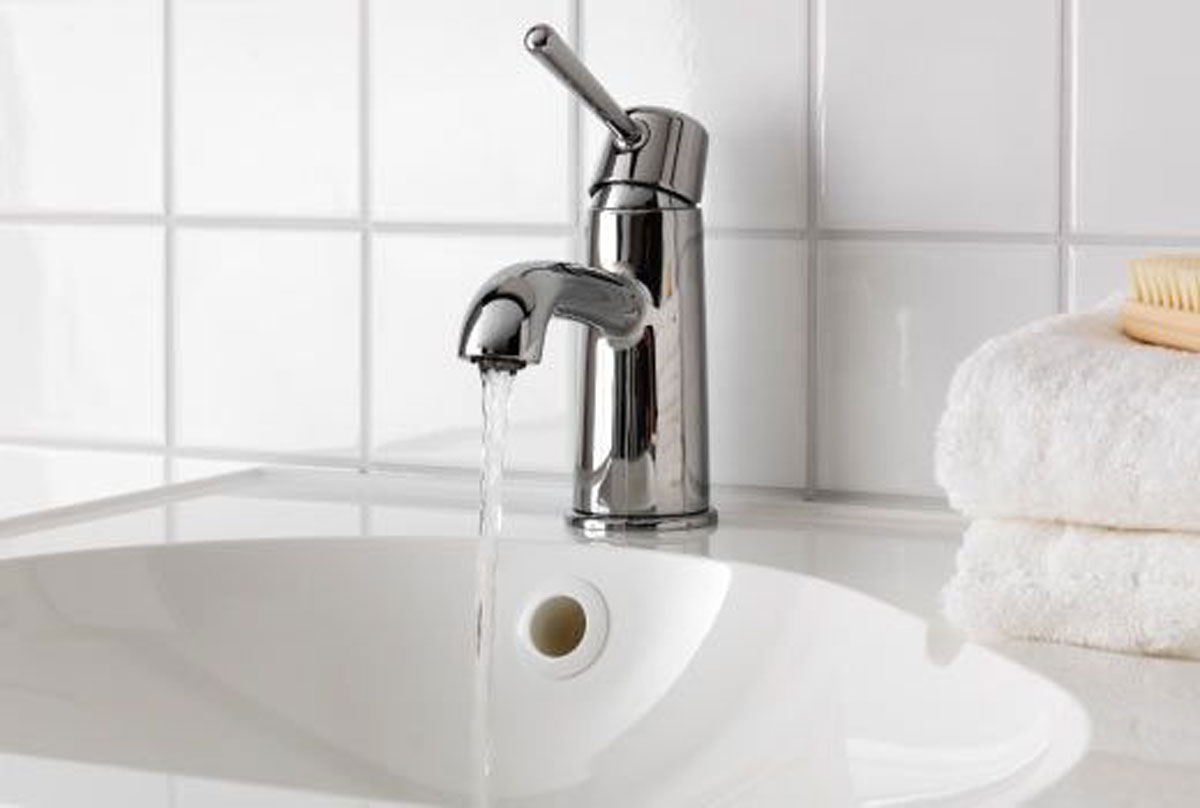
Policy Impact Statistics
Based on the IKEA Group Report 2012, the following statistics show the impact of applying sustainability measurements to IKEA’s design process:
– Six per cent of wood comes from Forest Stewardship Council-certified forests, an increase from 16.2 per cent.
– During operation, 86 per cent of waste is recycled.
Plans are in motion to move to full LED lighting by 2016.
– Thirty-four per cent of cotton is produced from sources that fully comply with IKEA guidelines.
– A 17 per cent reduction in carbon emissions in IKEA buildings. And 32 per cent more efficiency in energy-consuming products.
– A 3 per cent improvement in energy efficiency compared to 2011.
The price value of IKEA’s design strategy
IKEA’s low-price policy is an example of focused cost leadership. This strategy focuses on producing cost-effective products at a low price by targeting a narrow market segment. In IKEA’s case, the target customers are young buyers who would like to decorate their homes with beautiful and smart products with the lowest budget possible and at the same time, they don’t compromise quality.
Unlike other furniture stores, IKEA’s products are arranged based on the rooms of the home rather than the type of the product. This helps consumers see different options and choose products that fit with each other in a low price range.
Because the design phase plays an essential role in the IKEA production line, it has a deep contribution to determining a product’s price and even reducing this price to meet IKEA’s strategies and compete with other products in the market. Following are some of the design strategies that help reduce IKEA product prices:
– The product design process aligns the price to a strategic focus model. When designing a new product, IKEA determines the target price and the market need. Subsequently, the designer starts to build the design based on this model.
– Low-priced raw materials used in a sustainable way contribute to IKEA’s price policy and sustainability strategy. The raw materials used in IKEA products should be renewable and recyclable. The raw materials are covered earlier in this report on the Democratic Design strategy.
– The self-assembly model helps reduce storage and transportation costs, which affect the final price. Additionally, the carbon emissions produced from transporting products decrease to support IKEA’s strategy.
Human-centred design strategy at IKEA
IKEA’s design strategy focuses on people and the environment. While the company strategy’s major focus is the environment and reducing the consumption of the planet’s resources, the design’s major focus is human health and how to provide a product design that meets consumers’ requirements and needs, which are form, functionality, quality, sustainability, and low price. This design strategy is a perfect example of sustainable design principles.
Human-centred design is defined by Krippendorff in1989 as:
“an approach to design and research that takes seriously the proposition that behaviour and understanding go hand-in-glove, that the use of artefacts is inseparable from how users conceive of them and engage with them in their world. Let me state the proposition more concisely: Humans do not respond to the physical qualities of things but to what they mean to them.”
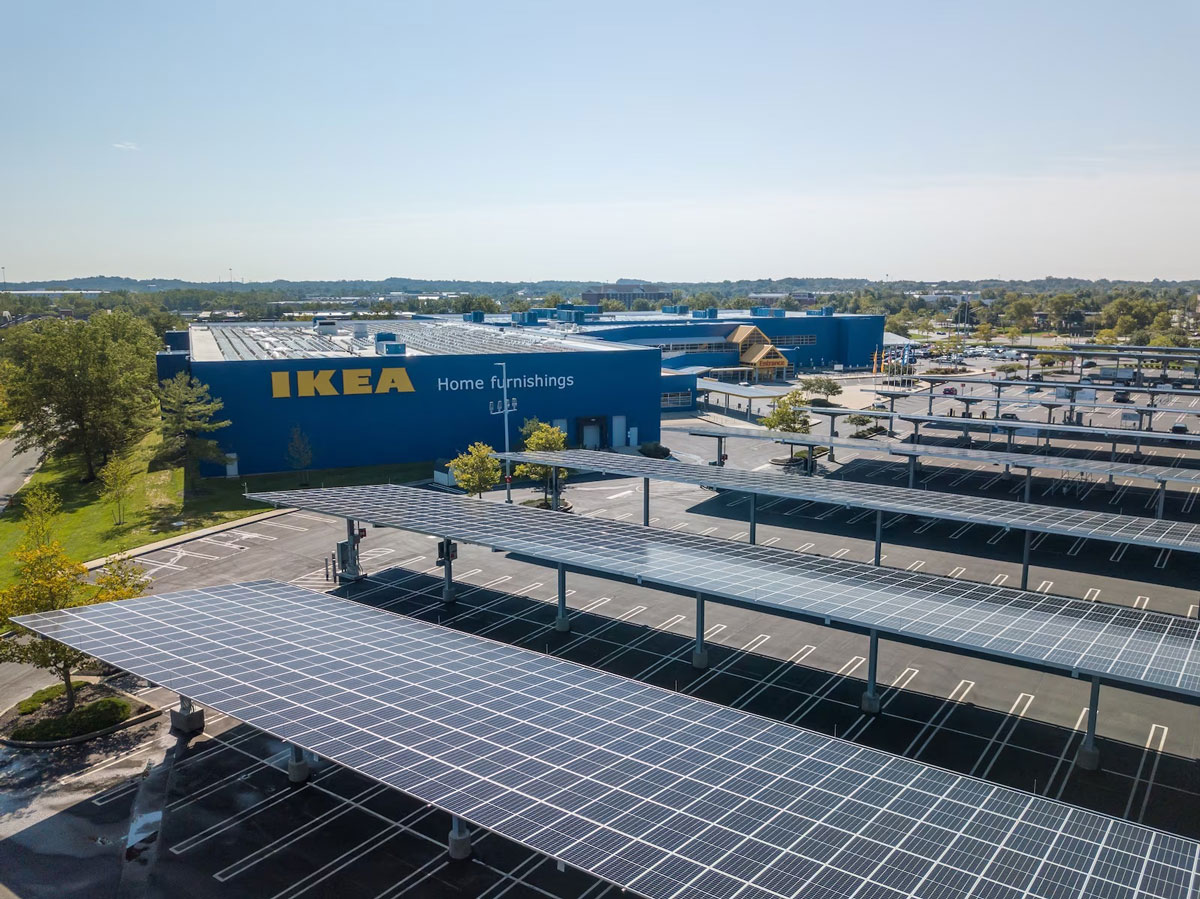
The IKEA design process meets the human-centred design definition above in both the production and marketing context. Implementing the human-centred concept in the production process is previously covered in the Democratic Design strategy earlier in this report. The marketing strategy includes a number of methodologies, including the design of IKEA stores. The target of IKEA store design is to give customers the maximum level of comfort and a relaxing experience in order to help them make buying decisions. Categorizing products based on the room of the home and their relation to each other is another method that helps consumers see different combinations and make a decision about which items to buy for every room in their homes.

The self-assembly policy contributes to both the design strategy as well as the circular economy strategy that was discussed earlier in the price value strategy section of this report. As a requirement for human-centred design, IKEA product design should comply with the self-assembly policy so customers can easily get the product from the loading zone into their cars with the least amount of effort possible to achieve the environmental benefits in their branches.
The self-assembly strategy involves customers in the design process as they assemble the design in their home based on completely visual instructions that are understandable without the need for any writing. If the consumer faces any trouble assembling the product, IKEA provides an assistance service by phone.
Design for Sustainability Model (D4S)
To build beneficial relationships between companies with the circular and social impact in mind, the United Nations Environment Programme (UNEP) initiated the Design for Sustainability model (D4S). This strategy aims to provide a model for companies that improves profit margins, increases product quality, and builds market opportunities while maintaining a positive social impact.
The D4S model acts like an auditing procedure for companies to identify how each complies with the regulations, such as energy savings, using recycled materials, and reducing toxic materials. The UNEP initiative encourages companies in developing economies to apply the D4S measurement, but most of these companies are considered small and medium enterprises (SMEs), and they do not have the awareness, budget, or experience to apply the sustainability measurements and ensure that their product or service design meets them. Many of these SMEs follow larger companies that have the resources to apply D4S measurements, such as IKEA.
IKEA’s Social Impact
IKEA provides a practical example of how to utilize resources in developing and under-developed countries to attain high-quality and low-price raw supplies that can be produced into goods under the IWAY quality control measurements. The benefits of applying this model are higher profit margins for IKEA and better opportunities for developing countries small businesses and individuals to produce raw materials and basic products that meet the D4S rules and guidelines. Applying the D4S aligns with IKEA’s “People and Planet Positive” strategy to secure long-term access to resources and build energy independence.
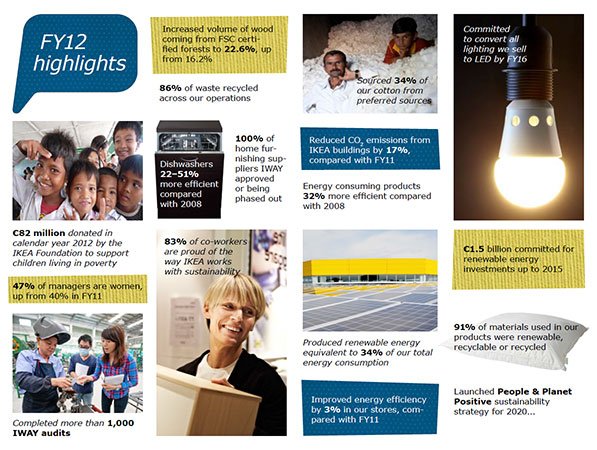
The mechanism of IKEA’s model is based on training individual groups and start-ups to raise plants or animals using the least amount of chemical pesticides and fertilization possible and save energy and resources. While the companies and individuals in developing countries experience a lack of infrastructure resources, such as water and energy, the energy-saving practices and wise usage of natural resources help them to be more productive and, in turn, to be part of IKEA’s production process using what they already have.
In the IKEA Group Report for 2012, IKEA was able to make a difference for cotton farmers by helping them become involved in the IKEA and WWE project and apply circularity in the agriculture components, such as using drip irrigation and organic fertilizers instead of the chemical ones and using less energy.
Conclusion
Applying IKEA’s strategy required creative design processes and innovative solutions in order to overcome the obstacles that were faced across all phases, from product design and the company production process to facilities and stores.
Design plays an important role in achieving IKEA’s goals on multiple levels. The product design process has to meet the quality, price, and sustainability challenges, such as determining raw materials and creating a product design that ensures energy and resource savings. Additionally, the product design must take the least amount of storage and transportation space possible and be able to be self-assembled.
IKEA provides a clear example of how a company can lead the market through design and creativity. The design strategy helped IKEA to keep its commitment to people and the planet to achieve a better life for everyone.
Read the first part of this article: Guide to IKEA’s Sustainable Design Strategy (Part 1)

